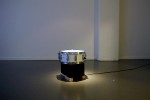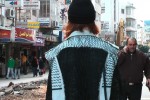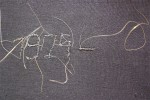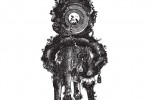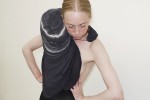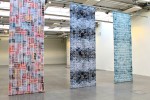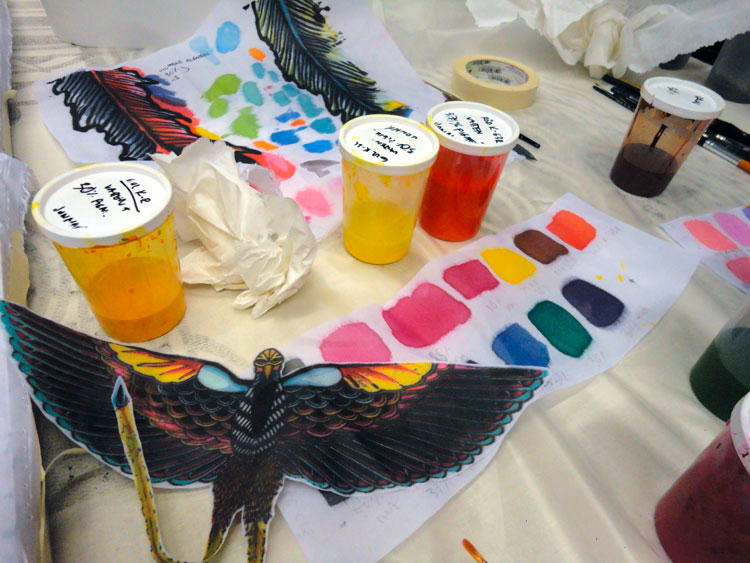
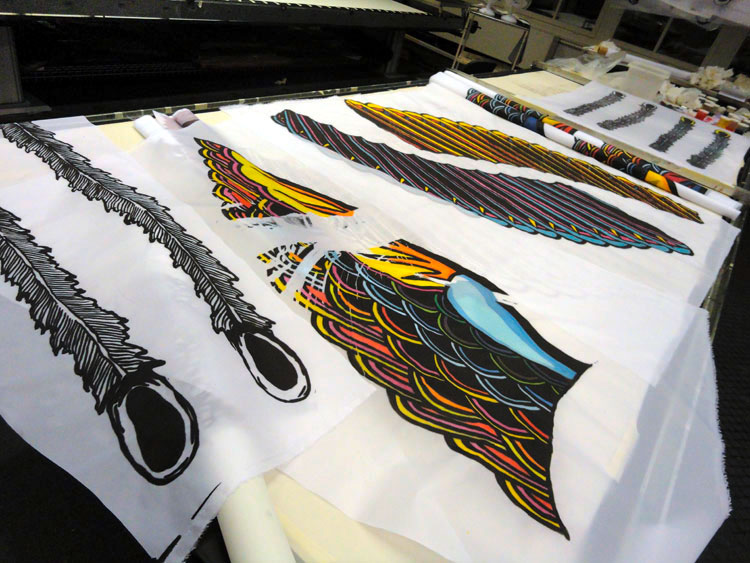
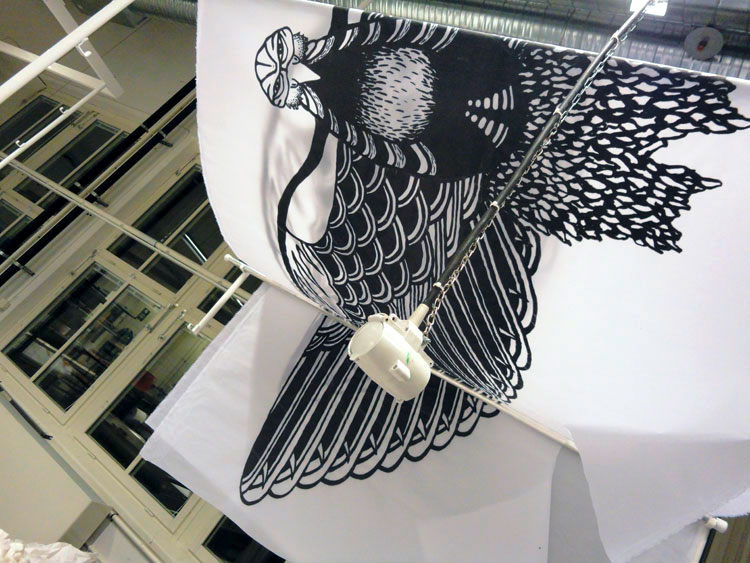

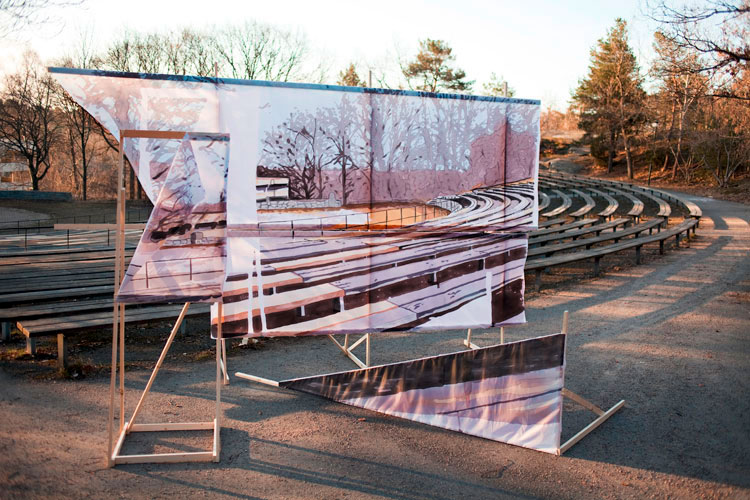
How do you visualise an emotion?
In much the same way as it is difficult to picture the face of a close friend in your mind, an experience is more complex than can be shown in a single conscious image. Observe it close up, and you find that it is composed of a number of blurred mental images. To explain a specific emotion, you also need to observe the circumstances that caused it.
It’s like finding yourself backstage. Up on stage, you’re being shown what you came to see. But behind that there are mistakes, scenography that’s been removed, and unpainted backs. We see the circumstances that formed the performance, the fragments that create the picture.
Hur visualiserar man en känsla?
På samma sätt som det är svårt att föreställa sig en nära väns ansikte i minnet, är en upplevelse mer komplex än att den kan visa sig som en enskild bild i medvetandet. Betraktad på nära håll finner man att den utgörs av en mängd oskarpa minnesbilder. För att förklara en specifik känsla måste man även beakta de omständigheter som orsakat den.
Som att befinna sig bakom kulisserna. På scenen visas det vi kommit för att se. Men bakom den ryms misstagen, scenografin som valdes bort, den omålade baksidan. Vi ser omständigheterna som formade föreställningen, fragmenten som skapar bilden.
